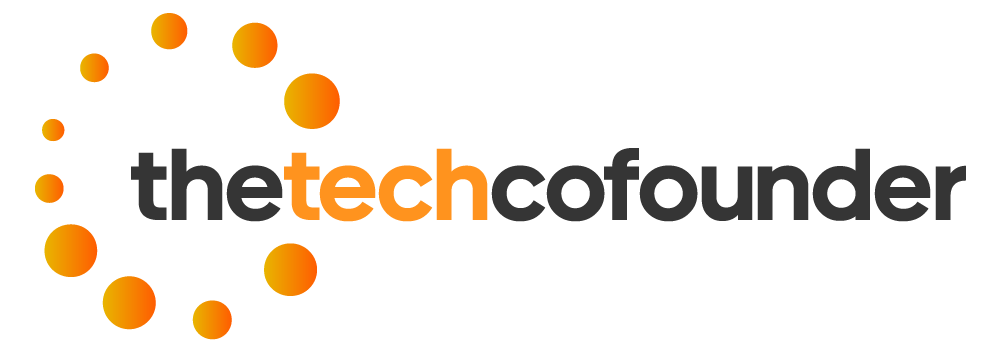Simple:Mao4r94sle4= Pattern represents a significant evolution in data encoding methodologies, merging historical context with contemporary technological strides. As organizations confront the dual challenges of information integrity and security, this pattern offers compelling insights into effective encryption practices. Its implications extend beyond mere data protection, raising questions about its role in fostering adaptive security frameworks within rapidly changing digital environments. This discussion will explore the origins and applications of this pattern, prompting a deeper examination of its potential impact on future data security paradigms.
Origin of the Pattern
Understanding the origin of the Mao4r94sle4= pattern involves examining its historical and cultural context.
This pattern reflects significant historical influences, originating from a confluence of technological advancements and social needs.
Its cultural significance is underscored by its role in facilitating communication and information sharing.
Analyzing these aspects reveals the profound impact of cultural influences on the evolution of data representation methodologies.
Applications in Data Encoding
The Mao4r94sle4= pattern has found diverse applications in data encoding, particularly in the realms of digital communication and information security.
This pattern enhances data compression by optimizing encoding techniques, allowing for more efficient storage and transmission of information.
Its structured approach facilitates the integration of various encoding methods, thereby improving overall data handling while maintaining integrity and accessibility for users who value freedom in their digital interactions.
Implications for Data Security
How can the Mao4r94sle4= pattern influence data security measures in today’s digital landscape?
This pattern underscores the necessity of robust encryption techniques and refined security protocols.
By integrating such patterns, organizations can enhance data integrity and confidentiality.
The implications extend to developing adaptive security frameworks that proactively address emerging threats, ultimately fostering a more secure environment for data exchange and user freedom in digital interactions.
Read Also Printable:Ff2srueijwa= Snowflakes
Future Trends in Data Patterns
As organizations enhance their security measures in response to evolving threats, the landscape of data patterns is also shifting, revealing new trends that will shape future data management strategies.
Machine learning and predictive analytics are increasingly integral in pattern recognition, enabling more accurate forecasts.
Additionally, advanced data visualization techniques will facilitate deeper insights, empowering organizations to make informed decisions while embracing operational freedom.
Conclusion
Simple:Mao4r94sle4= Pattern exemplifies a significant advancement in data encoding, reflecting the critical intersection of historical context and technological evolution. By enhancing data integrity and security, this pattern not only protects vital information but also facilitates efficient information storage and transmission. As organizations navigate an increasingly complex digital landscape, the implications of robust data encoding strategies will become paramount, ultimately serving as the bedrock of a secure future where data integrity reigns supreme.







